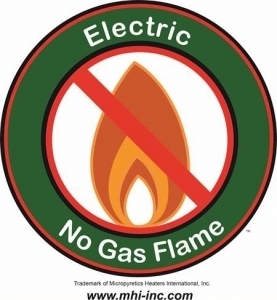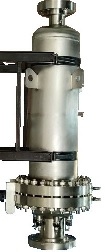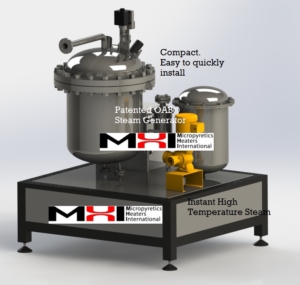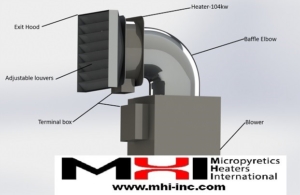Decarbonization Tips
Industrial electrification by replacing Combustion Heating and Drying with Airtorch and OAB steam is one of the fastest methods for Decarbonization. The energy efficiency benefits are listed here.
When replacing combustion heating with electrical heating, one should compare the energy efficiency, use of modern electronic controls, and the choice of materials used to construct the device for life calculations.
Applications of Decarbonized Airtorch Systems
Applications of Decarbonized Steam Generation.
Choosing electric devices that use less energy (i.e., waste less energy) that replace combustion devices is necessary. Not all electric devices are the same. Even if they offer the same efficiency – for example – some may use less pressure, such as in-process air gas heaters like the Airtorch. Higher pressure drops correspond to significant wasted energy. Some may not offer warranties on heating elements. A better warranty equates to less downtime.











